I've used this one thing in my bedroom every night for a year – as a lifelong allergy sufferer, I think I've finally found the magic cure
I wake up feeling clear, well-rested and free of allergy symptoms
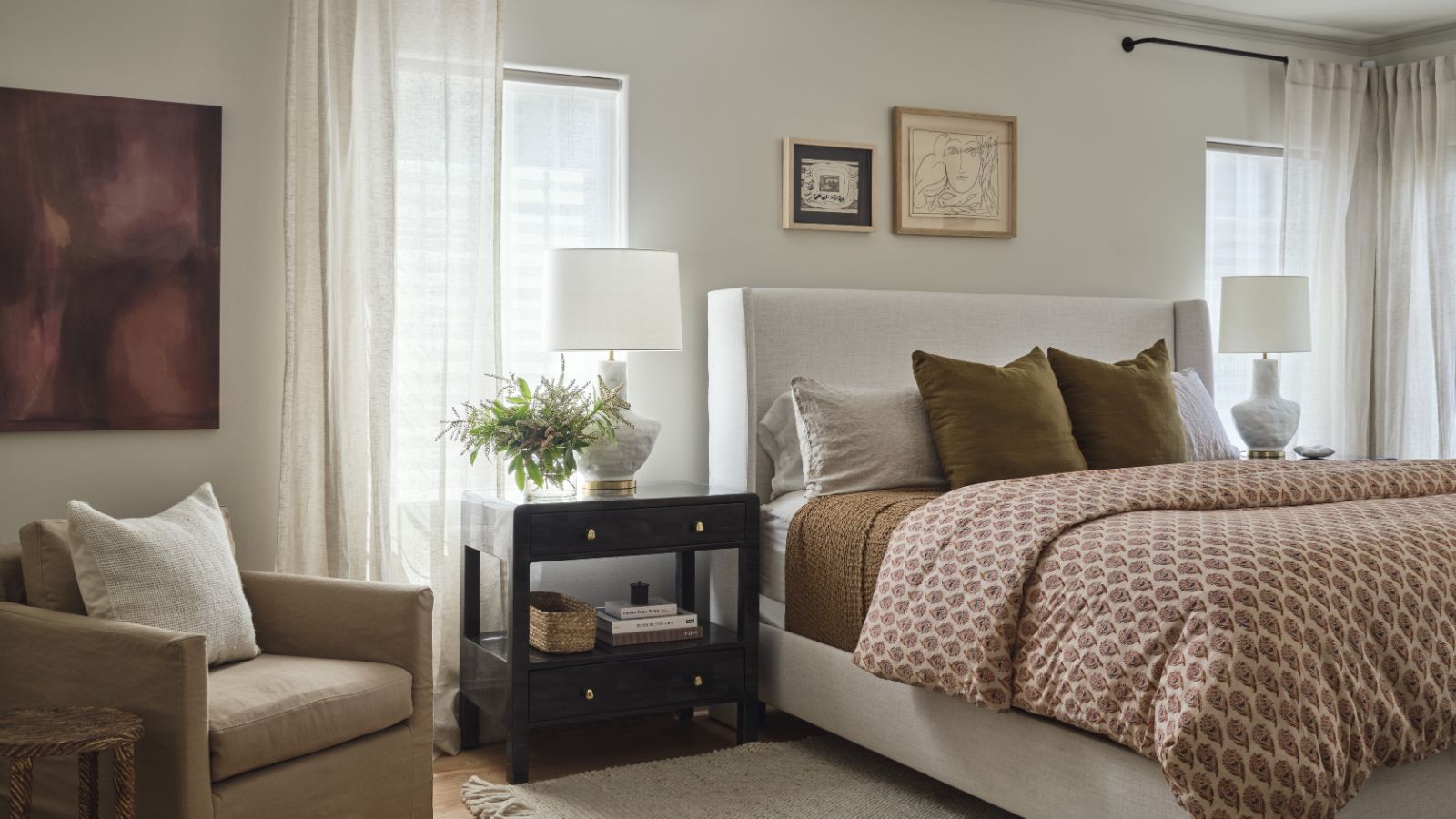
Not only have I been suffering from allergies my entire life, with any slight bit of dust or pollen making me sneeze uncontrollably, but I also have asthma, a medical condition that is so easily triggered by allergies that they're often affecting me simultaneously.
However, running an air purifier in my bedroom every night has changed my life. I no longer wake up multiple times a night to blow my nose, nor do I wake up in the morning all blocked up.
Instead, I breathe more easily, I sleep better, and I hardly ever feel the effects of what were once debilitating conditions. I've gone from suffering almost every night to not remembering the last time I had an issue. I spoke with experts to find out why the best air purifiers work so well for allergies when used overnight.
Why does sleeping with an air purifier on help allergies?

An air purifier has reduced allergy and asthma symptoms, as well as improving my overall physical and mental wellbeing.
I can personally attest to the fact that, yes, sleeping with an air purifier running helps reduce (and often eliminate) symptoms caused by common household allergens. But what's the science behind this?
'Air purifiers (especially those equipped with HEPA filters) capture airborne allergens like pollen, dust mite particles, pet dander, mold spores, and other microscopic irritants,' explains Saira Zafar, MD, board-certified allergist and immunologist at Schweiger Dermatology & Allergy.
She adds, 'Using one overnight can be particularly effective because it continuously reduces allergen exposure in the space where people spend a significant and uninterrupted stretch of time.
'This helps prevent nighttime allergy symptoms such as nasal congestion, coughing, sneezing, and disrupted sleep, all of which can worsen inflammation and fatigue.'
Design expertise in your inbox – from inspiring decorating ideas and beautiful celebrity homes to practical gardening advice and shopping round-ups.
If an air purifier has sufficient coverage, it will be able to pull these allergens in from all corners of your room. But even smaller purifiers can protect you if you know where to place your air purifier in a bedroom.
Ryan Steele, DO, Yale Medicine allergist and immunologist and assistant professor of medicine at Yale School of Medicine, sheds more light. He says, 'Allergic diseases such as allergic rhinitis and asthma can significantly affect our sleep quality. Disrupted sleep can have wide ranging effects from memory and mood issues, to increased risks for cardiovascular diseases such as hypertension.'
So, not only is an air purifier reducing the obvious symptoms like coughing, sneezing and a blocked nose, but by improving my air quality, it's also massively improving my general physical and mental wellbeing.
No wonder I've been sleeping so deeply since using an air purifier for my allergies.
What to look for in a bedroom air purifier
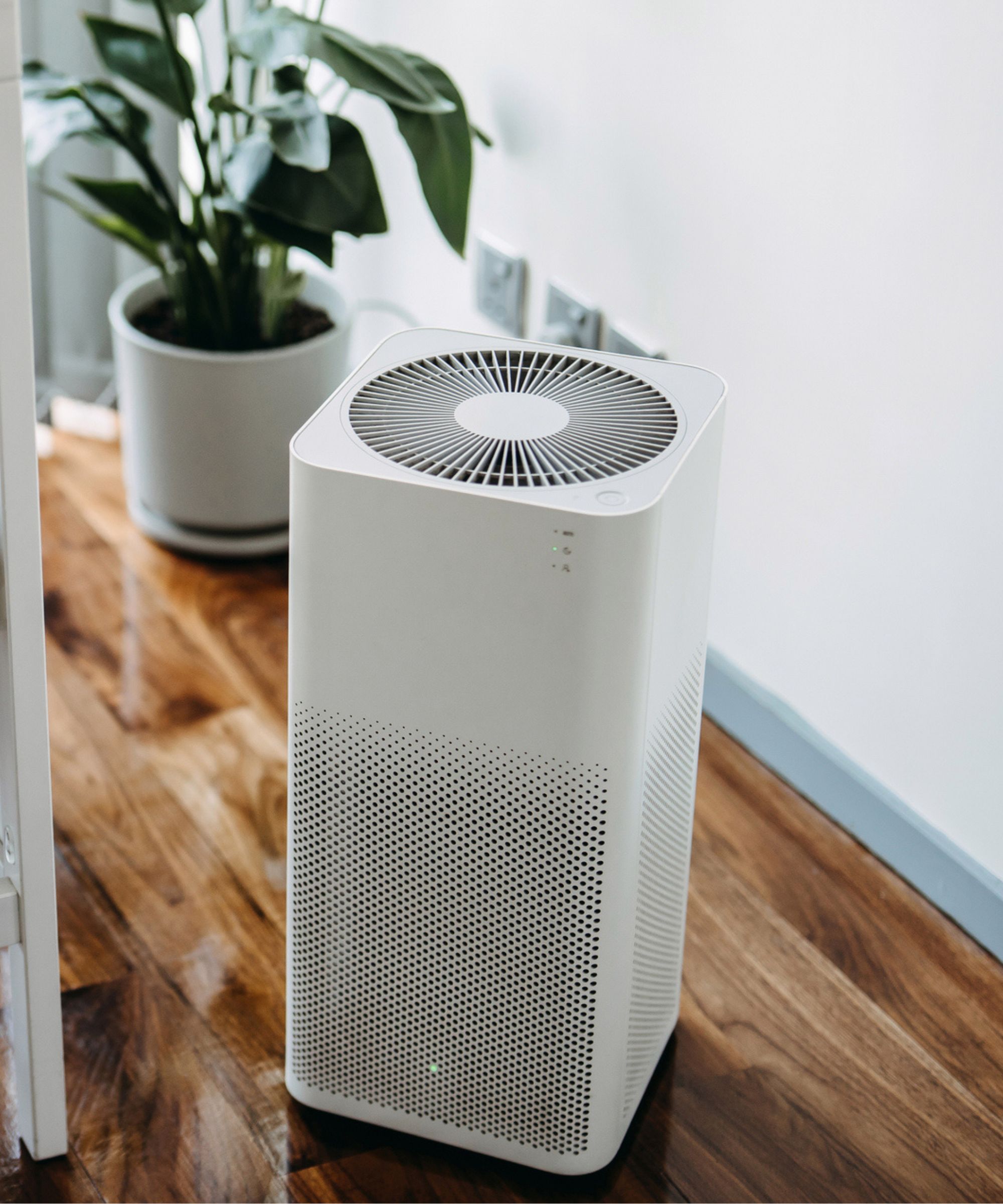
Look for HEPA filters and a high CADR to match the size of your room.
Just like the best HEPA vacuums for allergies, air purifiers need a HEPA filter to be able to trap the major allergens that trigger symptoms. HEPA (or High Efficiency Particulate Air) filters are able to capture at least 99.97% of allergens as small as 0.3 microns, which include culprits like pollen, dust and dander.
A filter has to meet this strict standard to be able to be officially classed as HEPA. Sometimes, air purifiers will list 'HEPA-style' or 'HEPA-like' filters, but these haven't met the necessary criteria to effectively remove those tiny particles from your air.
'At the bare minimum it should have a HEPA filter,' says Ryan Steele, adding, 'Another important feature is the clean air delivery rate [CADR], this tells you how much air passes through the air purifier – make sure it is the right size for the room it is used in.'
The CADR measures how effectively a purifier can clean the air. The higher the CADR, the faster it purifies. Without diving too deeply into the numbers, a good rule-of-thumb is to aim for a CADR that is two-thirds the square footage of a room.
So, a 240 square foot room will need a purifier with a CADR of approximately 160. This ensures the air in the furthest corners of the room is still being pulled in.
Knowing how to choose the right air purifier is a must for making sure it fits your home's needs.
The air purifiers that I use
The air purifier I use in my own bedroom is the Molekule Air Mini+. It's a small (and stylish) device that can only cover rooms up to 250 square feet in size, which wouldn't be ideal for a large living room, but is perfect for a bedroom.
It features some incredible tech that's unique to Molekule: PECO filtration that actually destroys harmful pollutants, rather than just capturing them. It's an effective way of making sure the air that's released into your space is as clean as can be.
Another excellent bedroom air purifier that we've tested is the Coway Airmega Aim (at Amazon). It's one of the few purifiers out there with a focused airflow that you can aim right over your bed while you sleep, and for its sub-$150 price, it's a great, affordable purifier to improve your sleep.
But throughout the rest of my home, I also use the bigger Shark NeverChange MAX that covers up to 1,400 square feet. It takes up more space, but it's one of the most efficient air purifiers I've ever tested, drastically improving air quality in minutes. It also has an odor-neutralizing cartridge that leaves a fresh scent, even after cooking, letting smoke in through the windows, or any of the common mistakes that lower air quality.
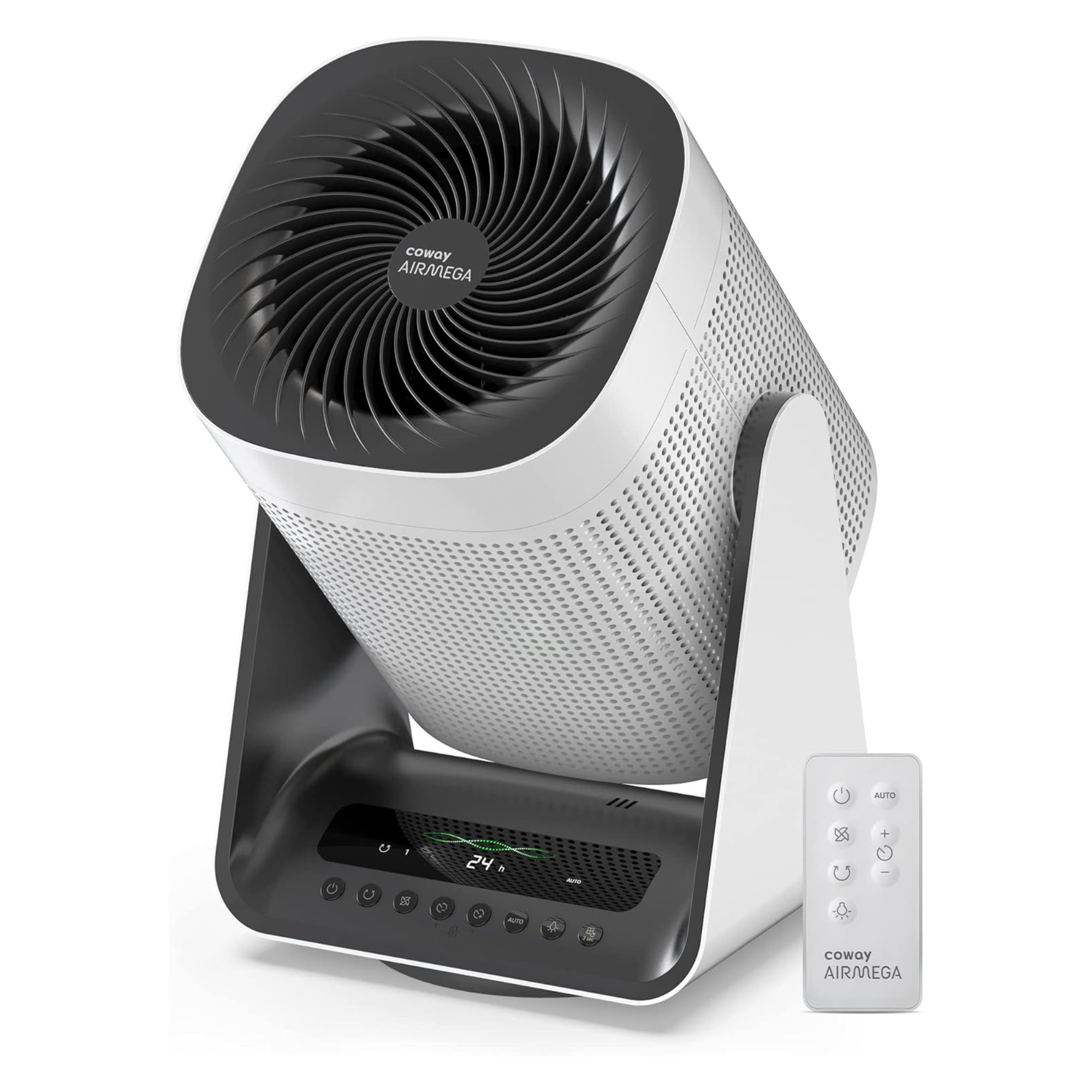
The Coway Airmega Aim is one of the most affordable air purifiers we've tested at Homes & Gardens that still purifies the air impressively efficiently. Plus, you can aim right where you sleep for purified air, all night long.
Read more in our full Coway Airmega Aim review.
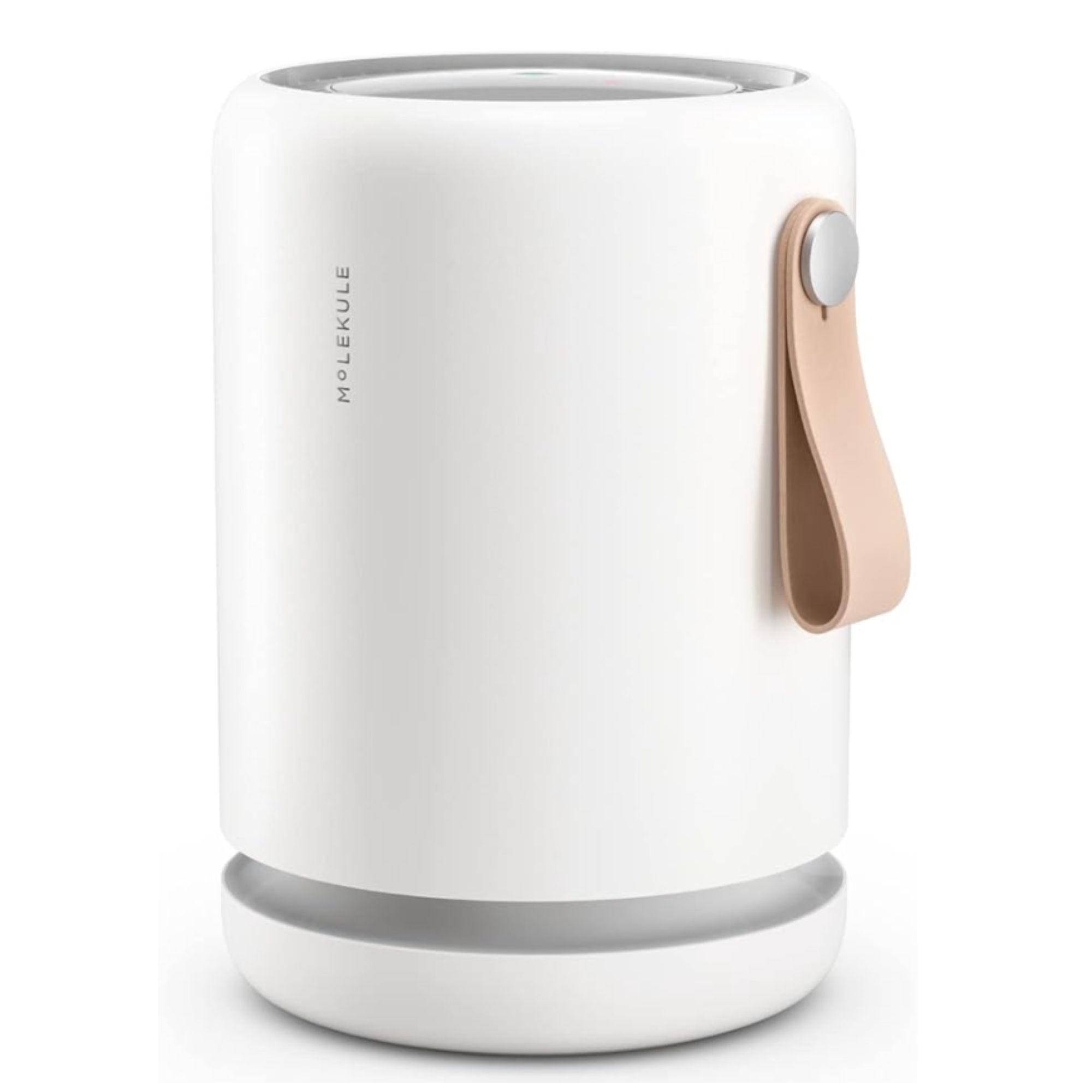
I've been using the Molekule Air Mini+ in my bedroom for almost a year. While it quietly runs in the background every night, my allergies, asthma and quality of sleep have all improved. I wouldn't live without it now.
Read more in my full Molekule Air Mini+ review.
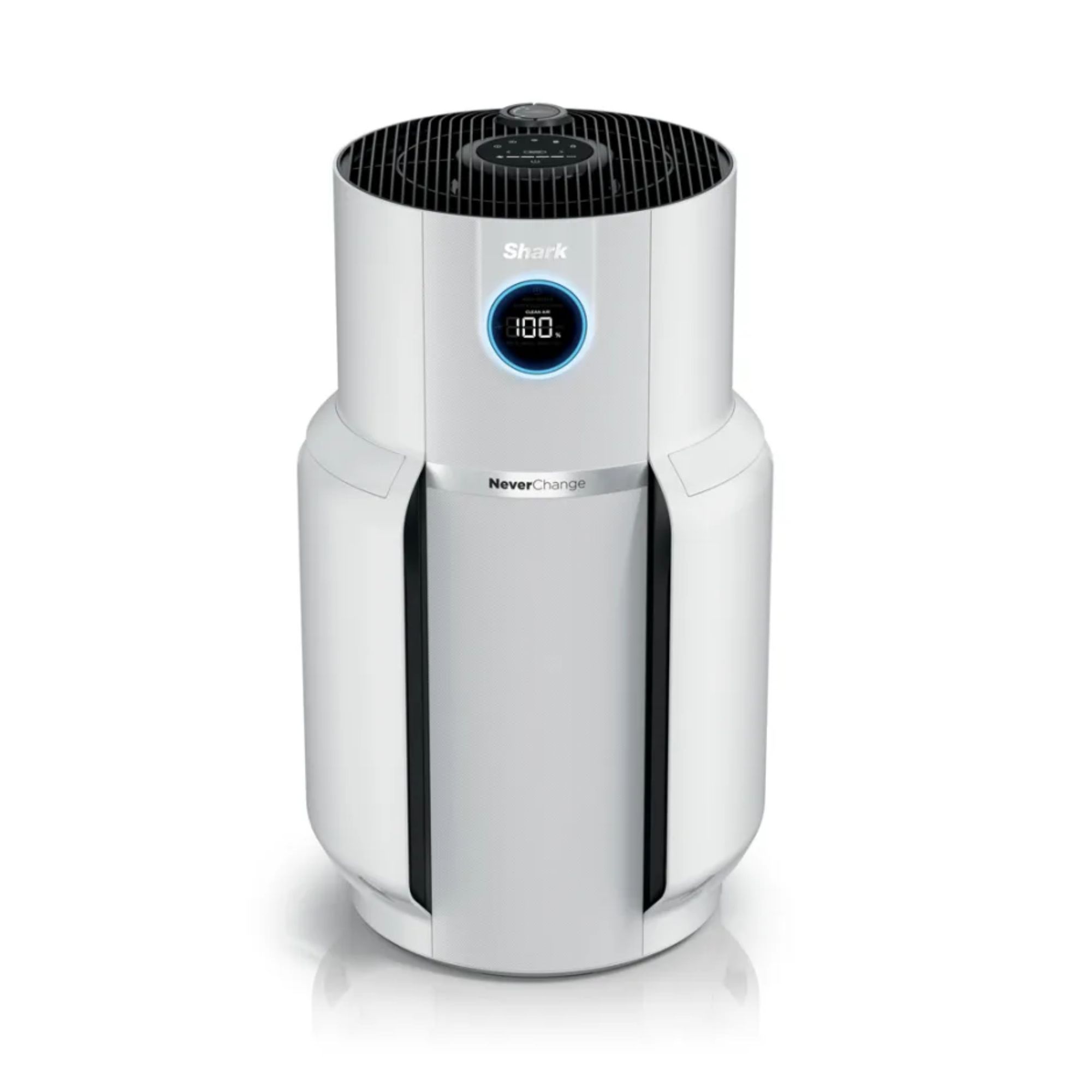
The Shark NeverChange MAX is a fast-working purifier that can cover large spaces, occasionally even pulling in pollutants from other rooms. It also has washable filters that protect the main HEPA filter from being replaced for up to five years.
Read more in my full Shark NeverChange Air Purifier MAX review.
Meet the experts

Dr. Zafar is a double board-certified and fellowship-trained allergist and immunologist. Her authored publications have been presented at the national meetings of the American College of Allergy, Asthma & Immunology, and American Academy of Allergy, Asthma & Immunology

Ryan Steele, DO, MSc, is a board-certified allergist-immunologist and internist. Dr. Steele is also an assistant professor of clinical medicine at Yale School of Medicine and serves as program director of the Yale Allergy & Immunology Contact Dermatitis Program.
Next, learn the surprising things making your allergies worse at home, and consider one of the best vacuums for pet hair to banish that allergenic pet dander.

Dan is the Home Tech Editor for Homes & Gardens, covering all things cleaning, sound, smart home, and air treatment across the Solved section.
Having worked for Future PLC since July 2023, Dan was previously the Features Editor for Top Ten Reviews and looked after the wide variety of home and outdoor content across the site, but their writing about homes, gardens, tech and products started back in 2021 on brands like BBC Science Focus, YourHomeStyle and Gardens Illustrated.
They have spent more than 400 hours testing and reviewing vacuums, soundbars and air purifiers for Homes & Gardens.
Dan has a BA in Philosophy and an MA in Magazine Journalism. Outside of work, you'll find them at gigs and art galleries, cycling somewhere scenic, or cooking up something good in the kitchen.
You must confirm your public display name before commenting
Please logout and then login again, you will then be prompted to enter your display name.
